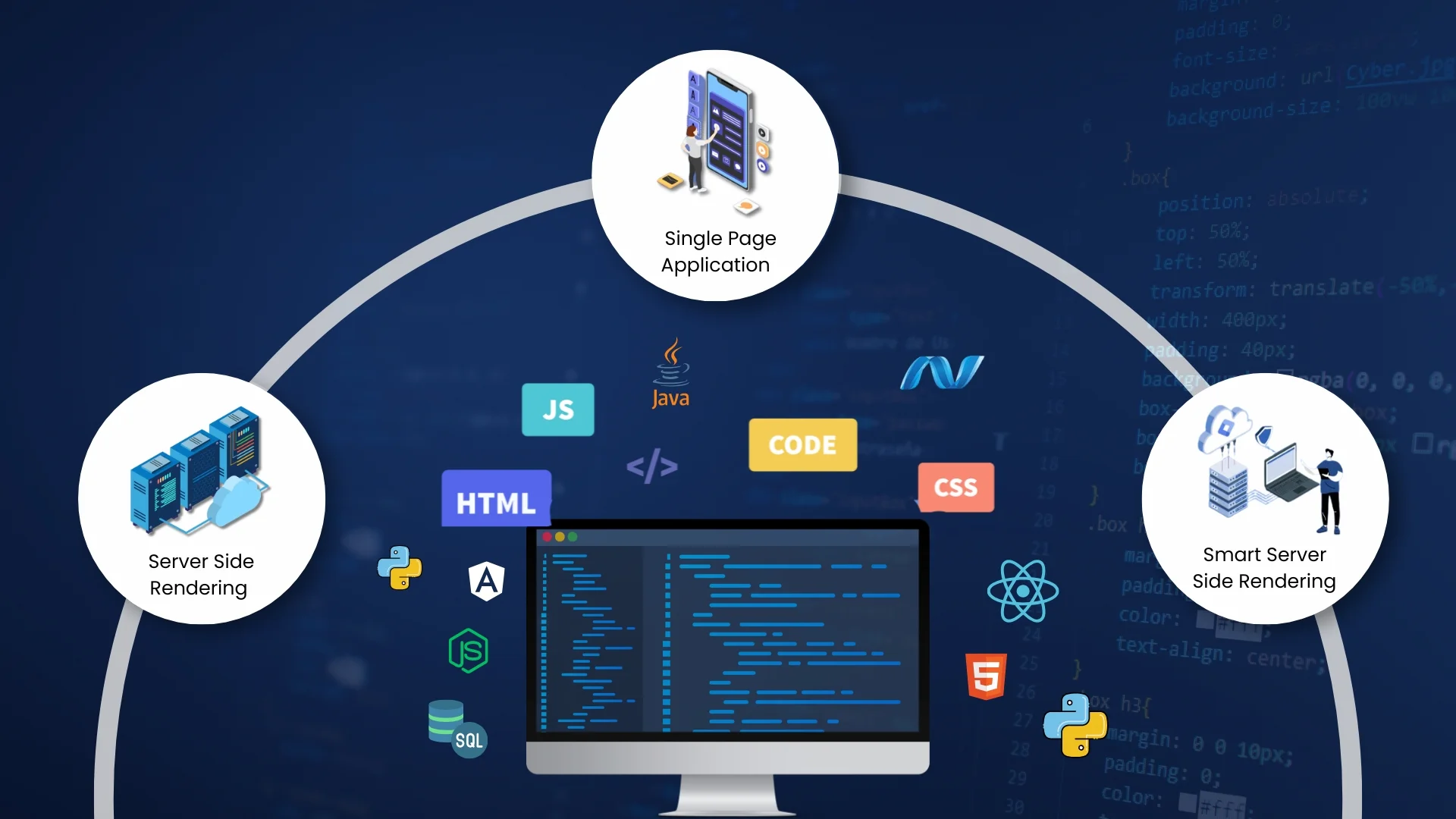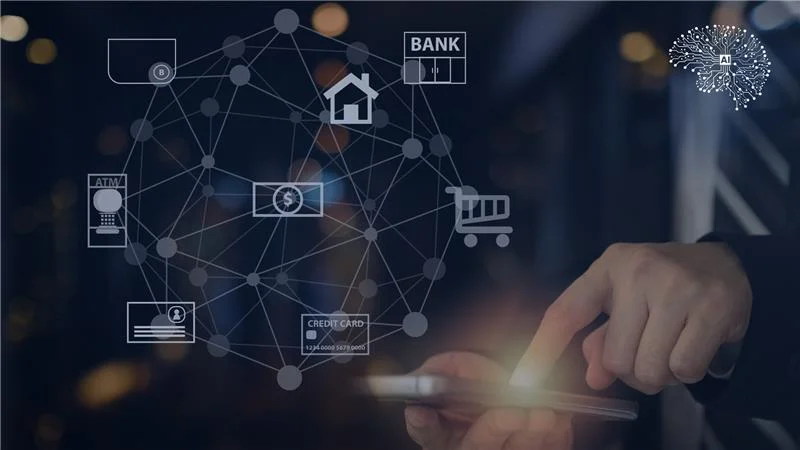Introduction
Product engineering in software involves the systematic process of designing, developing, testing, and optimizing software products to meet customer needs efficiently. It integrates technology, user experience, and market requirements to create innovative and reliable solutions. Explore the various aspects of product engineering with us as we reveal valuable insights into developing resilient and innovative software products that endure the test of time.
Table of Contents
Product Engineering is an Ongoing Process
Software product engineering is an ongoing process without a fixed endpoint. It involves a continuous cycle of development, testing, and refinement. This process includes regular iterations for improvements and innovations. It’s not a linear path but a dynamic and adaptable loop comprising analysis, design, coding, and testing. Change is a consistent element, and software product engineering incorporates it as a regular part of its evolution. This perpetual nature allows it to stay relevant and responsive to the ever-changing world of technology and user needs.
Beyond Coding
It’s not just about coding; it goes beyond that. The focus extends to the user interface (UI) and user experience (UX), making navigation smooth and intuitive. The UI isn’t merely aesthetic; it acts as a guide, ensuring users move effortlessly through the software. Successful product development is more than just writing code; it’s about understanding the user’s journey and delivering an intuitive experience. When the code is executed correctly, it becomes a seamless part of the user’s interaction, aligning with their expectations. Software product engineering involves blending coding with thoughtful UI/UX for a user-friendly digital journey.
Real world Challenges – Digital Solutions
In software product engineering, it’s comparable to resolving real-world problems, just in the digital space. Like fixing things in the physical world, developers use their skills to address issues, replacing tools with code. It’s an environment where practical challenges find digital solutions, making the tangible transition effortlessly into the intangible. Consider the shift from traditional banking queues to the simplicity of net banking and UPI. These digital solutions essentially replicate the functions of a physical bank, offering the convenience of managing finances online. Tasks like fund transfers and account management, once reliant on in-person visits, are now streamlined with a few clicks.
Maintenance
Maintenance plays a crucial role in software product engineering. Often overshadowed by the excitement of development, maintenance is the ongoing care that keeps a product running smoothly. It involves fixing bugs, updating features, and adapting to new technologies. Neglecting maintenance can lead to issues that impact the user experience and system stability. Regular upkeep is like tending to a garden; it ensures the long-term health of a software product. By addressing issues promptly and keeping things up-to-date, maintenance ensures a reliable and seamless experience for users over the product’s lifecycle.
Evolving Nature
The simple truth is that challenges are always changing. Like anything else, problems evolve, so it’s crucial to continuously improve our products. By adding new features and staying current, we can address the evolving landscape of user needs and technological advancements. The key is to adapt regularly, ensuring our software remains effective and up-to-date in the ever-shifting digital environment. It’s a matter of acknowledging the ongoing changes and making the necessary adjustments to keep our software relevant and reliable.
This is how WhatsApp evolved from a simple messaging app into a messaging giant. It identified real-world challenges, showcased digital solutions, and incorporated them as features aligned with emerging technologies.
Your privacy is our priority 🔒
As we bring new AI features from Meta to WhatsApp, you can be sure that your personal messages and calls stay protected with end-to-end encryption.
Learn More: https://t.co/5hFnUFi1pK pic.twitter.com/m0W847VtzN
— WhatsApp (@WhatsApp) October 13, 2023
Legal Considerations
Compliance with legal regulations is a fundamental aspect of sound software product engineering. Ensuring that a software product aligns with applicable laws is not only a legal obligation but a practical necessity. It establishes a framework that safeguards against potential legal issues, reinforces user confidence, and supports ethical development practices. Addressing data protection, intellectual property, and industry-specific regulations is crucial for minimizing risks and ensuring the long-term viability of the software. In essence, integrating legal considerations into the software development process is a pragmatic approach that contributes to the overall success and sustainability of a product in today’s complex regulations.
Frequent Testing
A crucial aspect in software product engineering is the consistent practice of frequent testing. Testing at regular intervals is vital for ensuring the reliability and robustness of a product. Similar to a craftsman inspecting every detail of their creation, software testing examines each line of code to identify potential issues and strengthen the product against unforeseen problems. This ongoing process not only improves the software’s functionality but also enhances the user experience. Frequent testing serves as a vigilant guardian, ensuring the integrity of the software product and confirming its ability to meet user expectations with consistent reliability.
Emerging Technologies
In the world of software product engineering, keeping up with emerging technologies is key. When our product relies on a specific technology, staying updated is more than a good practice—it’s essential. New technologies bring fresh advantages and enhance user experiences, making it crucial for us to adapt. Just as we update our apps for better performance, staying current with the latest tech ensures our products remain efficient and user-friendly. Embracing new technologies is a straightforward way to ensure our software stays relevant and continues to meet the evolving needs of our users.
Customer or Partner Support
Effective Customer or Partner Support is a crucial aspect of software product engineering. It ensures a smooth user experience by addressing issues promptly. A responsive support system builds trust and fosters loyalty among users, converting them into advocates. For partners, it facilitates collaboration and strengthens relationships. Beyond technical problem-solving, solid support is about proactive engagement, reflecting a commitment to user satisfaction. In the landscape of software development, a reliable support mechanism is not just a necessity—it’s a cornerstone for the sustained success of any product.

Validation
Validating software product ideas involves crucial factors such as pricing, geographic considerations, and target audience analysis. Setting the right price ensures competitiveness and customer satisfaction, while geographic location impacts market accessibility and user reach. Analysing the target audience helps tailor features to meet specific needs, enhancing user engagement. These factors collectively validate a software product’s viability, aligning it with market demands. Comprehensive validation ensures a strategic foundation for successful software product engineering.
Conclusion
As we have listed 10 product engineering facts, it is necessary to bear them in mind and avoid neglecting these key aspects to excel in our software product. Sparity stands out as your comprehensive solution for product engineering services. From coding to deployment and ongoing technical maintenance support, Sparity covers the entire spectrum of the development process. Choosing Sparity means ensuring a smooth and efficient journey for your product, from inception to market readiness.














